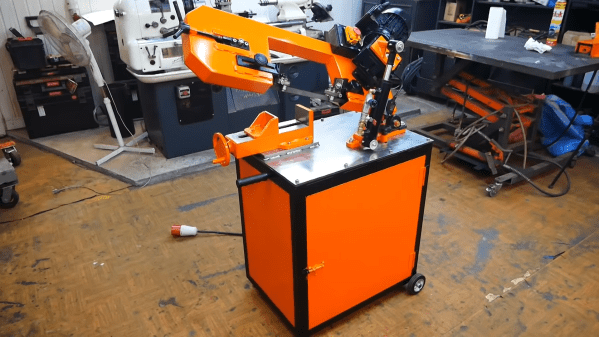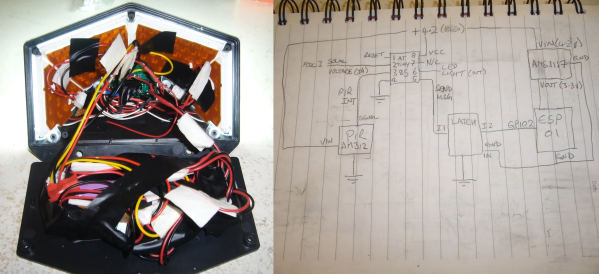Getting started with model rocketry is relatively cheap and easy, but as you move up in high power rocketry, there are a few hoops to jump through. To be able to buy rocket motors larger than H (160 N·s / 36 lbf·s impulse) in the US, you need to get certified by the National Association of Rocketry. The main requirement of this certification involves building, flying, and recovering a rocket with the specific motor class required for the certification level. [Xyla Foxlin] had committed to doing her Level 2 certification with a couple of friends, thanks to the old procrastination monster, was forced to build a rocket with only 5 days remaining to launch data.
For Level 2 certification, the rocket needs to fly with a J motor, which is capable of producing more than 640 N·s of impulse. Fortunately [Xyla] had already designed the rocket in OpenRocket, and ordered the motor and major body, nosecone, and parachute components. The body was built around 2 sections of 3″ cardboard tubes, which are covered in a few layers of fiberglass. The stabilizing fins were laser cut from cheap plywood and were epoxied to the inner tube which holds the motor and passes through the sides of the outer tube. The fins are also fibreglassed to increased strength. For a unique touch, she covered the rocket with a real wood veneer, with the rocket’s name, [Fifi], inlaid with darker wood. The recovery system is a basic parachute, connected to the rocket body with Kevlar rope.
[Xyla] finished her rocket just in time for the trek out to the rocket range. She successfully did the certification flight and recovered [Fifi] in reusable condition, which is a requirement. There was nothing groundbreaking about [Fifi], but then again, reliability the main requirement. You don’t want to do a certification with a fancy experimental rocket that could easily fail. Continue reading “A High Power Wood Rocket In 5 Days”
















